Gelatin is an age-old food that, like collagen, has gained modern popularity for its potential to improve skin and slow aging. It is commonly known as just the main ingredient in foods like Jello but this simple food has so much more potential!
What is Gelatin?
Gelatin is a substance composed of amino acids that are derived from collagen. Collagen is well known for its skin and hair benefits and is similar to gelatin in many ways.
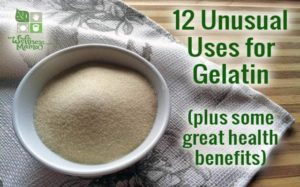
Gelatin is largely made up of the amino acids glycine and proline. It is derived from the bones, fibrous tissues, and organs of animals. These amino acids are needed not only for proper skin, hair, and nail growth but for optimal immune function and weight regulation.
As a population, we don’t consume these animal parts as much as we used to. Some health experts claim that our modern habit of eating large amounts of muscle meat (like steak) without eating the organs and connective tissue or making broth with the bones may be contributing to modern disease.
Glycine, which makes up about 1/3 of the amino acids in gelatin powder is anti-inflammatory and evidence is finding that it can help speed wound healing. Glycine in gelatin can also help improve sleep ease and quality.
How is Gelatin Made?
Gelatin is (and always has been) a highly nourishing food, as well as a very eco-friendly one. When all the more desirable parts of an animal have been removed, the skin, bones, and tendons are left. These are used to make gelatin and collagen.
Our grandmothers did this in their kitchen by using the whole animal for multiple purposes, such as making broth. Making bone broth is still a great way to get the benefits of gelatin, but now gelatin and collagen powders make it even easier to add these amino acids to foods and recipes. (See some of my favorite recipes below.)
Gelatin Uses
According to Nourishing Traditions and much of the information I’ve read from the Weston A. Price Foundation, there are various health benefits to Gelatin, including:
- Supports skin, hair, and nail growth
- Good for joints and can help joint recovery
- Can help tighten loose skin (like the kind you get after having six babies in nine years…)
- Can improve digestion since it naturally binds to water and helps food move more easily through the digestive tract
- Rumored to help improve cellulite
- Great source of dietary collagen (side note: collagen is too large to be absorbed by the skin, so those skin creams are pretty useless… get it internally and use coconut oil for lotion!)
- Source of protein (though not a spectacular one) but its specific amino acids can help build muscle.
Gelatin Benefits
Gelatin has been added to formulas to support joint health, and many people do notice almost immediate joint relief from it, though the reason may not be so straightforward. As this great article from a PhD in Biology/Endocrinology (read it!) explains:
For a long time, gelatin’s therapeutic effect in arthritis was assumed to result from its use in repairing the cartilage or other connective tissues around joints, simply because those tissues contain so much collagen. (Marketers suggest that eating cartilage or gelatin will build cartilage or other collagenous tissue.) Some of the consumed gelatin does get incorporated into the joint cartilage, but that is a slow process, and the relief of pain and inflammation is likely to be almost immediate, resembling the anti-inflammatory effect of cortisol or aspirin.
Because of its ability to coat and heal the stomach, some experts suggest adding gelatin to the diet to help alleviate food and other allergies.
Why I Love Gelatin
In addition to the health benefits above about balancing out amino acids and being a good source of protein, I take gelatin for its skin, hair, and nail promoting effects. I have noticed a substantial difference in my skin tone and smoothness.
As an added benefit, it gives me extra protein and collagen and helps the absorption of other minerals. If you are trying to improve skin or joint health or do strength training, I’d recommend gelatin over whey proteins (which are often inflammatory and have added ingredients). I’ve also added it to food and drinks I make for my kids to help them better absorb nutrients.
Gelatin seems to be especially effective when taken with meats (balances out the amino acids) or on an empty stomach (to promote human growth hormone production).
Optimally, we’d be able to consume high-quality homemade bone broth (or a high-quality store bought one) a few times a day and would be well balanced and have no need for extra gelatin. Since I’m not there yet, I’ve actually been supplementing with a high quality powdered version. Not the stuff from the store, though you can make some healthy Jello variations with it.
Types of Gelatin and Collagen
Gelatin and collagen are often confused but they are slightly different. From a culinary perspective, gelatin produces the “gel” effect in foods, while collagen does not. Collagen can be more easily mixed into foods and drinks because it doesn’t gel. In general, these are the different types of gelatin and collagen:
- Gelatin Powder– Best for use in recipes like marshmallows, Jello, or other things that gel. This is the brand I use.
- Collagen Powder– Collagen powder is best for mixing into hot or cold liquids or even into foods. Collagen is often used more like a supplement since it is so easy to mix.
- Marine Collagen– Marine collagen works just like the collagen powder above. It is a great option for those who avoid beef and pork.
Gelatin Recipes & Uses
So Gelatin is a wonderful supplement for health, but I’ve also found a plethora of culinary and beauty uses for it as well! Here are a few of my favorites:
1. Homemade Marshmallows
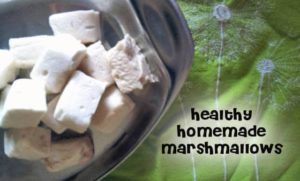
This is definitely my kids’ favorite use of gelatin, and we even add probiotics to make them more healthy. The only ingredients are honey, gelatin, vanilla, and water, so they are a great alternative to store bought treats.
These are also easy to make and you can add cocoa powder or mint extract for flavor variations…
2. Hair Treatment

I got this tip from Pinterest and have been amazed at what an intensive conditioning and strengthening treatment it is! To make, stir 1 tablespoon of Gelatin powder into 1/2 cup of cool water until mixed. Add 1/2 cup warm/hot water, 1 teaspoon of apple cider vinegar, and 1 teaspoon of honey to create a thick gel/liquid. Pour on to head and massage through hair and scalp. Leave on for at least 5 minutes and rinse with hot water. Shampoo as normal.
It is suggested to do this up to a few times a week to get desired hair thickness or strength, and then once a week for maintenance.
3. DIY Children’s Vitamins
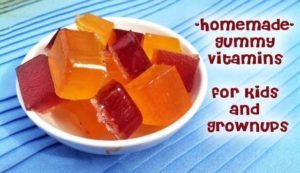
Most store bought chewable vitamins have a lot of sugar, dyes, and additives in them. These homemade chewable vitamins are a great alternative, plus your kids will get the healthy benefits of gelatin too!
There are endless flavor combinations, and they are simple to make at home! Here’s the recipe.
4. Thickening Shampoo
If you want thicker/stronger hair, adding a teaspoon of gelatin powder to your shampoo can give your hair that boost. It will also add texture and volume to hair immediately. If you use homemade shampoo like mine, you will only need to add about 1/2 tsp to a small batch. If you use a regular bottle shampoo, you can add a teaspoon or more for the desired effect!
5. Homemade Jello
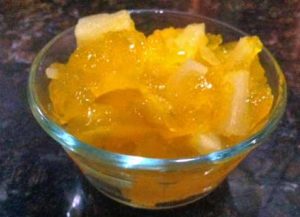
Homemade jello packets have some nasty fake ingredients, but it is simple to make a healthy version at home. With homemade Jello, you can customize the flavors, add vitamins, or even use delicious water kefir or kombucha as the base for a vitamin and probiotic boost! Plus, kids love it!
6. Wrinkle Reducer
You know those $50+ wrinkle reducer miracle creams that don’t work? Save a lot of money by just taking gelatin internally each day and using coconut oil for skincare! Gelatin is essentially cooked, powdered collagen (that ingredient they charge you an arm and a leg for that doesn’t even work well externally…).
Taking gelatin internally provides the body with the building blocks it needs to build great skin, hair, and nails from the inside out. And it helps reduce wrinkles and stretch marks, as I’ve found since mine are diminishing the more I take it.
7. Digestive Aid

Do you have constipation or digestive issues? Gelatin might help!
Nourishing Traditions and much of the information I’ve read from the Weston A. Price Foundation recommends Gelatin (usually in the form of bone broth) as a digestive aid, as it can soothe and help heal the digestive tract. I’ve noticed tremendous benefits in our son who we put on the GAPS protocol, and I’ve also seen daily intake helps keep bowels smooth and regular.
8. Joint Help
Gelatin also provides the building blocks for healthy joints and people with arthritis, joint injuries, or joint pain might notice a substantial difference from incorporating gelatin rich foods and supplements. Even WebMD talks about the joint uses of Gelatin:
Gelatin is used for weight loss and for treating osteoarthritis, rheumatoid arthritis, and brittle bones (osteoporosis). Some people also use it for strengthening bones, joints, and fingernails. Gelatin is also used for improving hair quality and to shorten recovery after exercise and sports-related injury.
9. Skin Mask
Gelatin is most effective when used internally, but even externally, it can smooth and strengthen skin. Another tip: Mix 1 Tablespoon gelatin powder with 2 tablespoons warm water and 1 tablespoon fresh lemon juice and apply to face. Leave on for 15 minutes and rinse with warm water.
10. Weight Loss
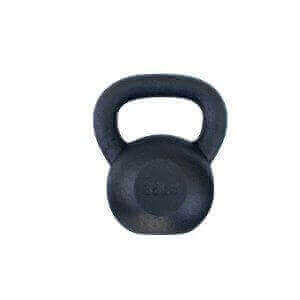
I haven’t tried it specifically for this purpose, but I’ve found forums of athletes and bodybuilders who use plain gelatin powder for weight loss and maintenance, as they claim that it can boost Human Growth Hormone (HGH) production and boost metabolism. In my opinion, gelatin has enough other health benefits that it would be worth trying for this purpose too, even if the only result is better skin, hair, nails, joints, and digestion.
The protocol for weight loss is to stop eating at least 3 hours prior to bedtime, and then consume at least 1 tablespoon of gelatin powder right before bed. These guys chewed it straight, but I’d highly recommend mixing it into a cup of chamomile tea by dissolving it in about 1/3 cup of cool water and then adding 2/3 cup of warm tea. Much better texture and taste!
11. Hormone Help

I’ve written about natural ways to balance hormones, and it turns out that Gelatin may help here too:
Too much estrogen in the body (which can be caused by all sorts of reasons including hormonal imbalances, and overexposure to phytoestrogens like those found in soy, and xenoestrogens found in plastics) can cause inflammation, infertility, and promote accelerated aging. The wonderful, and seemingly endless benefits of gelatin have anti-estrogenic effects which can help offset the effects of excess estrogen in the body.
12. Homemade Bone Broth
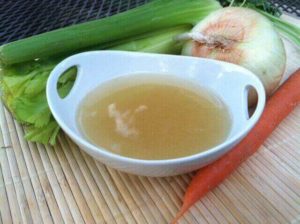
The most cost effective and nutrient dense way to consume Gelatin is in the form of homemade bone broth or stock. Of course, bone broth isn’t as good for making marshmallows, gummy vitamins, jello, or hair masks, but it is an inexpensive way to consume gelatin. I also add gelatin powder to soups and stews for an extra gelatin boost, but if you don’t want to attempt all the other uses, at least consider incorporating homemade bone broth into your daily diet. Your gut will thank you!
Notes:
I am not a doctor and don’t play one on the internet. If you decide to use gelatin as a supplement, check with your doctor or medical professional, especially if you have a medical condition.
To mix gelatin powder into liquid without clumps: First, mix into a small amount of cool water and stir well. Let sit for 2 minutes and then add the needed amount of warm water. This tempers the gelatin and makes it smooth. This is also how I take it daily by adding it to herbal teas this way. You can also get collagen powder which does not gel but easily dissolves in hot or cold water.
Do not add gelatin powder to things with fresh pineapple, kiwi, or papaya, as they will inactivate the thickening properties. Also, don’t boil it, as it will lose its thickening ability.
Where to Get Gelatin
I order gelatin online and use this brand since I’ve been able to verify that it comes from grass-fed, humanely raised animals. The gelatin powder will gel and is good for things like Jello while the collagen power is great for mixing into hot or cold drinks.
This article was medically reviewed by Dr. Ann Shippy, who is Board Certified in Internal Medicine and a certified Functional Medicine physician with a thriving practice in Austin, Texas. As always, this is not personal medical advice and we recommend that you talk with your doctor.
Have you ever used Gelatin? If not… what are you waiting for? Tell me how you use it below!
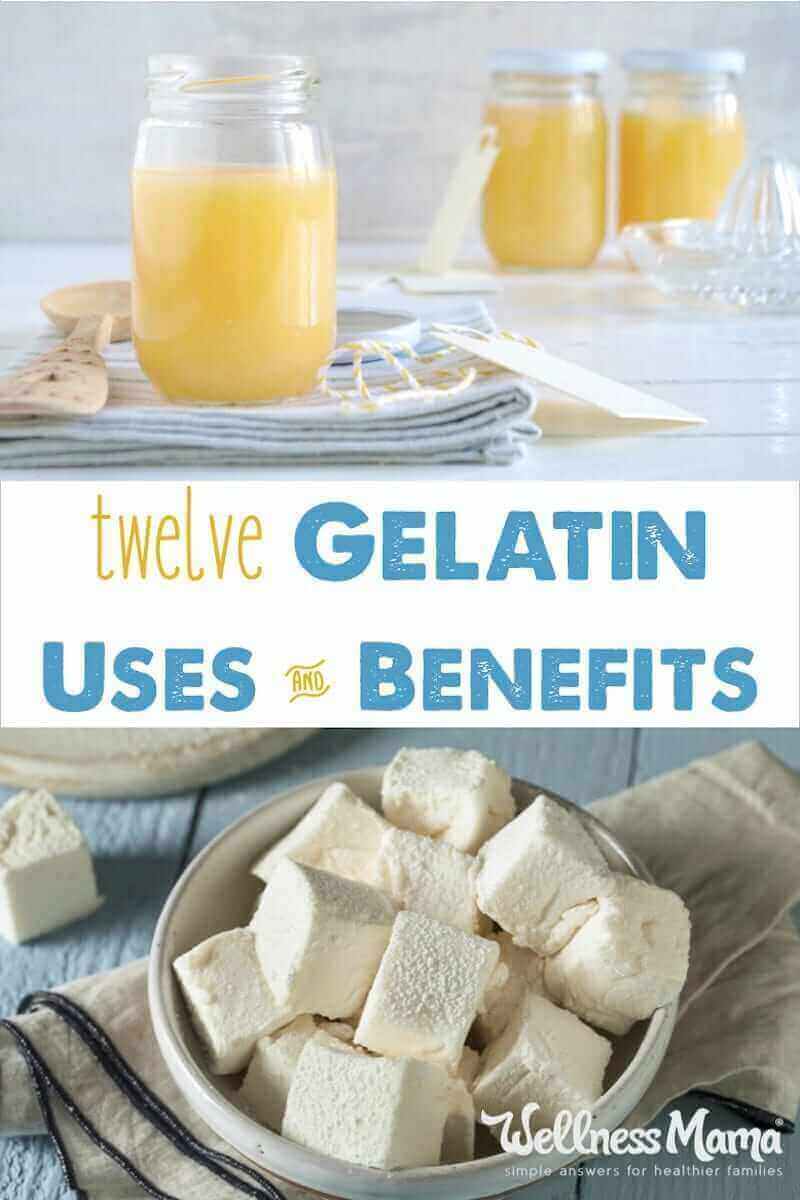

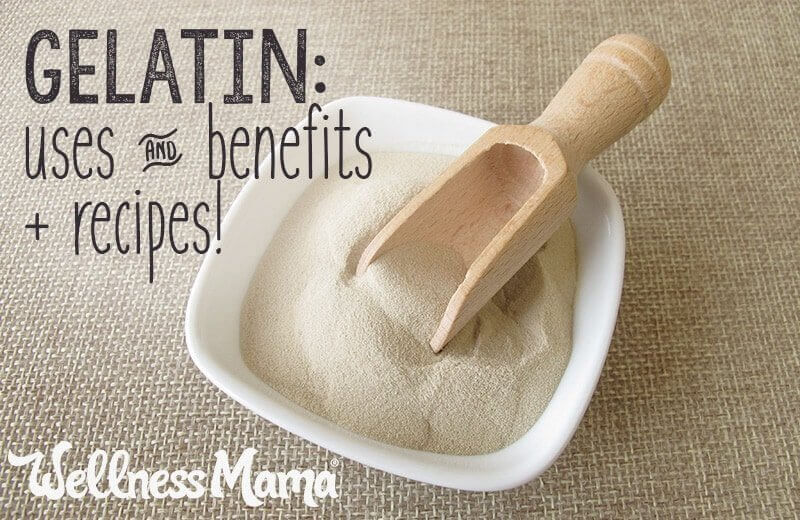


Leave a Reply